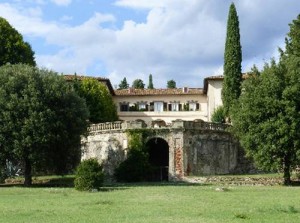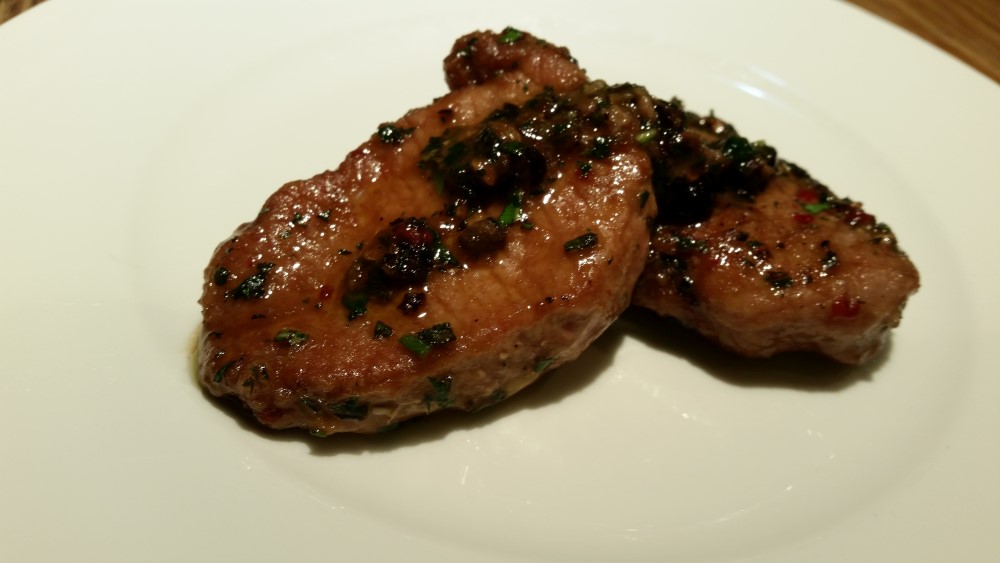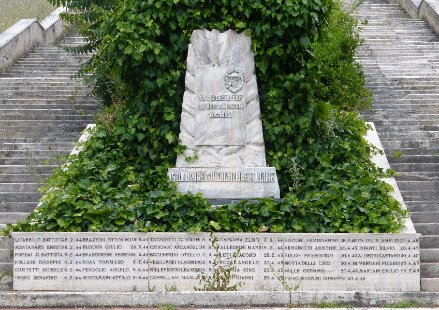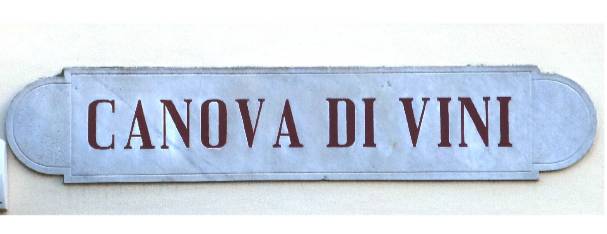
In 1667, the Grand Duke Cosimo II gave a gift to his brother, Cardinal Francesco Maria Medici. He assigned him the Lappeggi villa. The building had already undergone Buontalenti renovations but the new owner commissioned Anton Maria Ferri to turn it into a place of delight and amusement for himself and his guests.
When the architect presented his grandiose project, foreseeing a cost of 80,000 crowns, the Cardinal – who did not have such a sum – wondered how long the new construction could last by only spending 30,000. Upon hearing the response that it would only last 18 years, the Medici rejoiced, saying: “That will do for me, therefore undertake the work.”
The work lasted many years because – even with inferior materials – another floor above the existing two was erected, a terrace was added, in addition to a theater, a chapel, several greenhouses and a double staircase to reach the nymphaeum. A work of pharaonic measures was the construction of an aqueduct with clay pipes that collected the waters of ten springs from the distant Poggio Florence to feed tubs and fountains. The interior was enriched with large frescoed rooms and equipped with every comfort for the numerous court. In short, it became a “great, little Versailles” in which dances, shows, hunting trips, fairs, horse races, amusements and jokes of all kinds were organized with great pomp, alongside the pleasant and jesting verses of Giovan Battista Fagiuoli.
Among the extravagances of the Cardinal one remembers that he enjoyed seeing the fights of the peasants to whom he would throw paper shields, to be used for vile dishes disguised as mouthwatering delicacies, to forgive – on Easter Sunday – and to give the servants everything they had stolen from him with impunity during the year.
One day, walking among the many lush lemon trees, it was pointed out that one towered over all the others in size and beauty. Addressing himself to the gardener, he ordered it be cut down immediately because no one, not even a plant, could emerge over others.
Francesco Maria Medici died in 1711, seemingly in poverty and left the house to his wife Violante of Bavaria, who he had married two years earlier after leaving the purple. Therefore, Lappeggi had another period of festive entertainment with the participation of the famous Menica di Legnaia.








